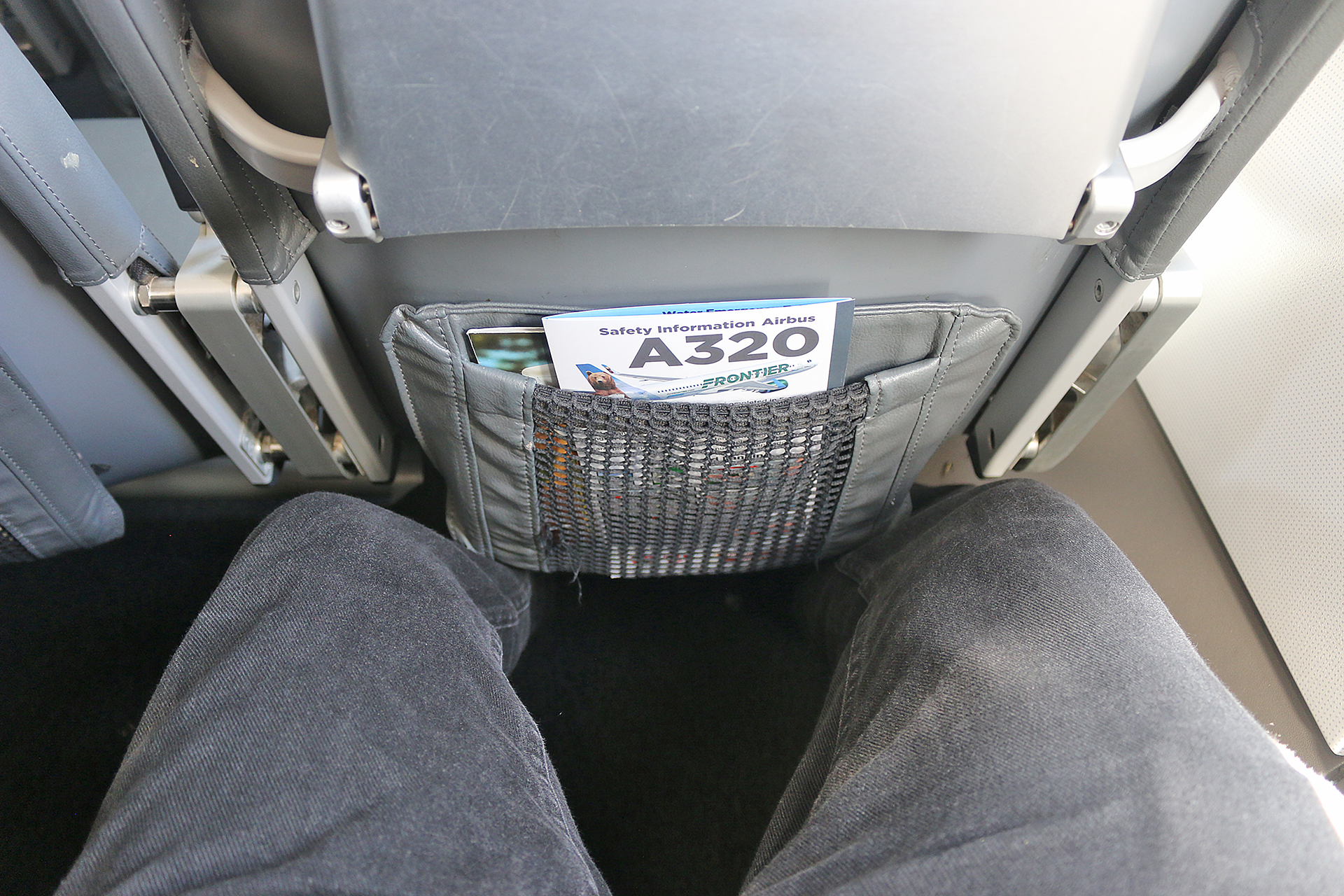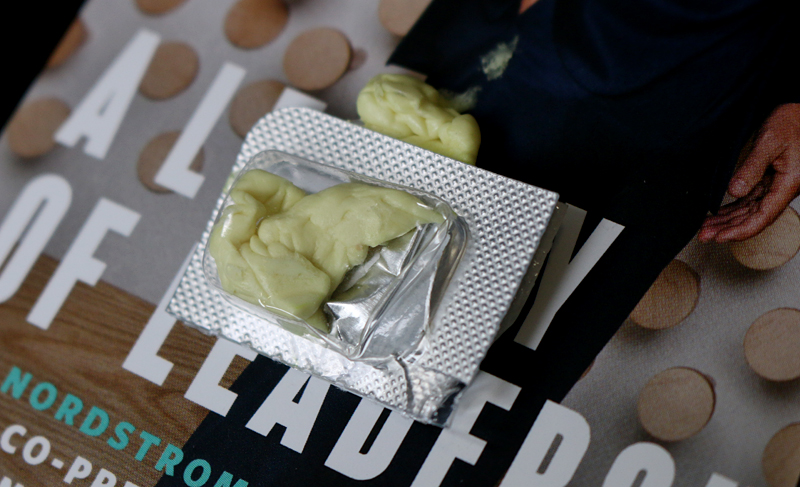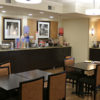You need a break from working on your laptop computer while aboard the airplane during a flight — perhaps you need a nap or would like to use the lavatory before enjoying a snack or a meal — and as you store it in the seat back pocket in front of you, a member of the flight crew approaches you and asks you not to put it there.
3 Reasons Why Items Should Not Be Stowed in the Seat Back Pocket Aboard an Airplane

You might be puzzled and wonder what is the reason behind the perceived reprimand from a member of the flight crew…
…and that reason is because the Federal Aviation Administration of the Department of Transportation of the United States actually regulates doing so in the form of Title 14 of the Code of Federal Regulations part 121, § 121.589. The intent of that regulation for passengers who carry baggage aboard the airplane is to prevent those items from slowing, hindering, or inhibiting an emergency evacuation; and to prevent injury to passengers by ensuring that items are properly restrained. Seat back pockets have been designed to restrain approximately three pounds of weight and not the weight of additional items. Seat back pockets are not listed in the regulation as an approved location for stowage location for items which are carried aboard the airplane. If a seat back pocket fails to restrain its contents, the contents of the seat back pocket may impede emergency evacuation — or may strike and injure a passenger.
That guidance was clarified in this official valuable information for operators, which discusses “Existing Federal Aviation Administration (FAA) policy in FAA Order 8900.1, Volume 3, Chapter 33, Section 6, Operations—Cabin Safety, states that carry-on baggage programs should …‘Prohibit the stowage of carry-on baggage and other items in the lavatories and seat back pockets (the only items allowed in seat back pockets should be magazines and passenger information cards)…’” and “should help them meet certain administrative, regulatory, or operational requirements with relatively low urgency or impact on safety.” These requirements of the regulation are applicable to take-off and landing as well as during a flight.
Although nothing in the aforementioned regulation actually prohibits a passenger from taking out small personal items from an approved stowage location — such as an overhead storage bin or the space under the seat in front of him or her — and placing them in the seat pocket after takeoff and stowing them in approved locations prior to landing, possible exceptions to that regulation include eyeglasses, mobile telephones, and other examples of small lightweight items which may be safely placed in the seat pocket without exceeding the total designed weight limitation of the seat back pocket or so that the seat back pocket does not block anyone from evacuating the row of seats…
…but that could lead to the second reason not to stow anything in the seat back pocket in front of you: you might forget that that small and lightweight yet valuable object was placed there — and you could leave the aircraft without it at the conclusion of the flight.

The third reason for not stowing anything in the seat back pocket in front of you is because they are usually not thoroughly cleaned — or cleaned at all — and sometimes offending items are not removed from it from the previous flight. Examples include a used piece of chewing gum which was stuck to the front cover of the in-flight magazine or vomit which was on — not in — an air sickness bag.
Moreover, parents have been known to change the diapers of their babies on tray tables before depositing said soiled diapers into the seat back pockets in front of them — and as with eyeglasses and mobile telephones, sometimes they forget to removed the used diapers and dispose of them properly.
Final Boarding Call

“Did you know that the seat pockets found on the backs of seats aboard commercial aircraft are not approved storage areas for personal items?” I first asked in this short article here at The Gate on Wednesday, May 4, 2009. “This means that one allegedly cannot legally store items in the seat pocket in front of one’s seat — not even a bottle of water.”
Instead of simply writing an article reminding readers of The Gate not to store items in the seat back pockets aboard airplanes, I instead decided to give more information and details this time around — and I hope that they were helpful.
Many airlines discontinued providing in-flight magazines during the current 2019 Novel Coronavirus pandemic; so more of that weight allowance of a maximum of three pounds is available for any personal belongings to be stored in the seat back pocket, as the combined weight of the safety information card, the air sickness bag, and perhaps a menu of sorts are virtually negligible.
Keep in mind that members of the flight crew may still direct a passenger to stow items in an approved stowage location, during flight in the event that they pose a hazard — such as in the case of turbulence — as a commercial air carrier “has the responsibility to identify proper risk mitigations and train its personnel appropriately; and the authority to enforce the risk mitigations it develops.”
To reiterate the three reasons why items should not be stowed in the seat back pocket aboard an airplane:
- Doing so is technically against regulations of the Federal Aviation Administration
- The items which are placed there may accidentally be forgotten
- No one knows what disgusting find awaits the items which are about to be placed in it
All photographs ©2015, ©2019, and ©2021 by Brian Cohen.

